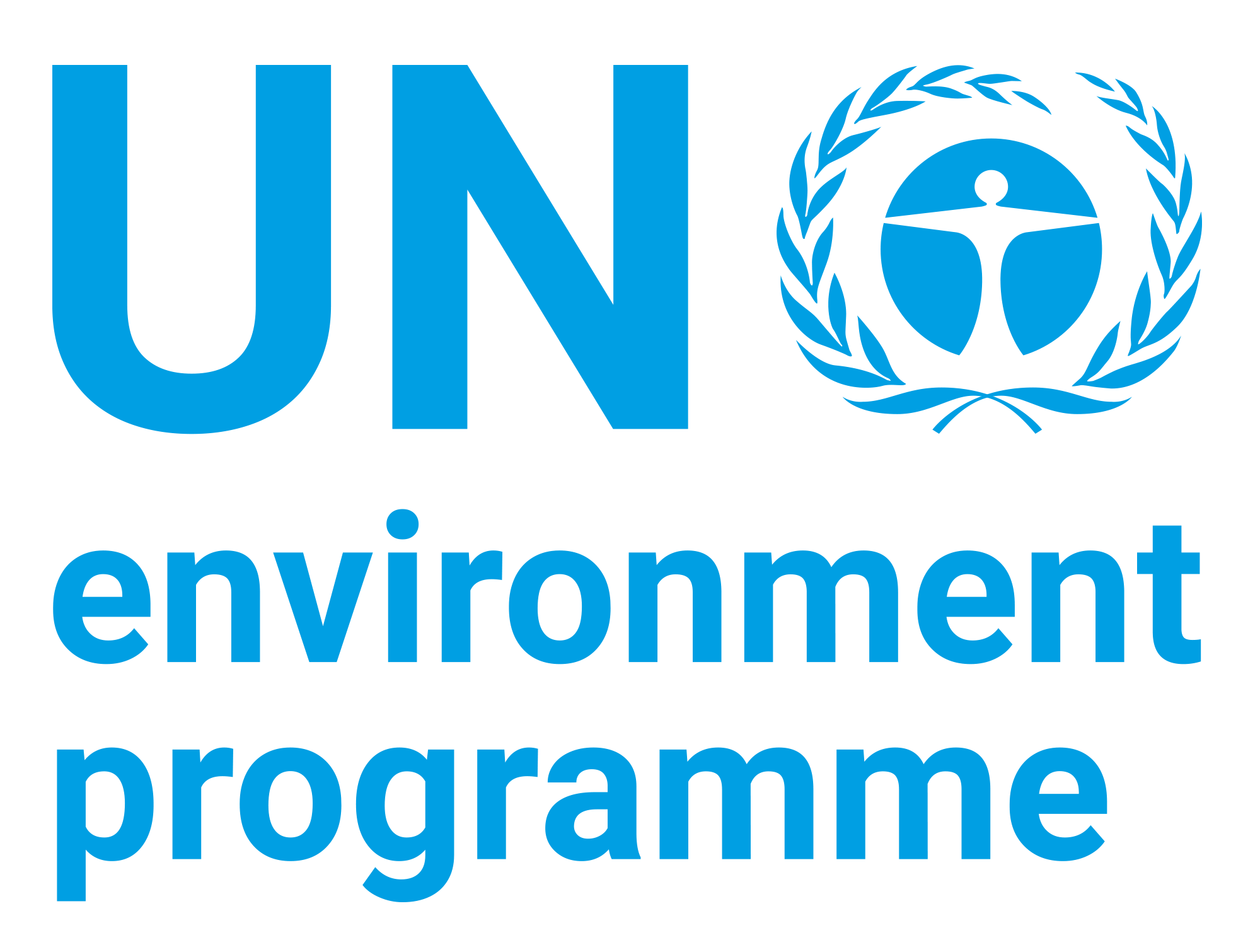Towards Zero-Pollution Cities: Making Mega Cities Resource Efficient, Inclusive, and Low Polluting - Delhi, India Case Study

Date
2017Author
United Nations Environment Programme
International Resource Panel
Citation Tool
Bibliographic Managers
RT Generic T1 Towards Zero-Pollution Cities: Making Mega Cities Resource Efficient, Inclusive, and Low Polluting - Delhi, India Case Study A1 United Nations Environment Programme, International Resource Panel YR 2017 LK https://wedocs.unep.org/20.500.11822/31765 PB AB TY - GEN T1 - Towards Zero-Pollution Cities: Making Mega Cities Resource Efficient, Inclusive, and Low Polluting - Delhi, India Case Study AU - United Nations Environment Programme, International Resource Panel Y1 - 2017 UR - https://wedocs.unep.org/20.500.11822/31765 PB - AB - @misc{20.500.11822_31765 author = {United Nations Environment Programme, International Resource Panel}, title = {Towards Zero-Pollution Cities: Making Mega Cities Resource Efficient, Inclusive, and Low Polluting - Delhi, India Case Study}, year = {2017}, abstract = {}, url = {https://wedocs.unep.org/20.500.11822/31765} } @misc{20.500.11822_31765 author = {United Nations Environment Programme, International Resource Panel}, title = {Towards Zero-Pollution Cities: Making Mega Cities Resource Efficient, Inclusive, and Low Polluting - Delhi, India Case Study}, year = {2017}, abstract = {}, url = {https://wedocs.unep.org/20.500.11822/31765} } TY - GEN T1 - Towards Zero-Pollution Cities: Making Mega Cities Resource Efficient, Inclusive, and Low Polluting - Delhi, India Case Study AU - United Nations Environment ProgrammeUnited Nations Environment Programme, International Resource Panel UR - https://wedocs.unep.org/20.500.11822/31765 PB - AB -View/Open
Item Statistics
Display item statisticsMetadata
Show full item recordDescription
Delhi, India is typical of many megacities in Asia and Africa, with large populations, swift economic growth that spurs in-migration, and an already stressed built environment with significant underserved populations lacking access to basic infrastructure and services. Such megacities are often unable to keep up with the rapid pace of growth, which in turn leads to further deprivation and inequality as well as significant pressures on the built and natural environment resulting in air pollution, water quality degradation, and ground water depletion. Such pressures adversely affect well-being of people and the environment, thereby impacting almost all the SDGs. This case study demonstrates the value in applying a systems approach that quantifies linkages between natural resources, infrastructure and food supply systems and multiple SDG co-benefits. The study identifies the potential benefits of a bundle of strategies that can promote more inclusive development, while reducing air pollution emissions, greenhouse gas emissions and human health risks in developing world cities.
Collections
Document Viewer
To read more, scroll down below.

